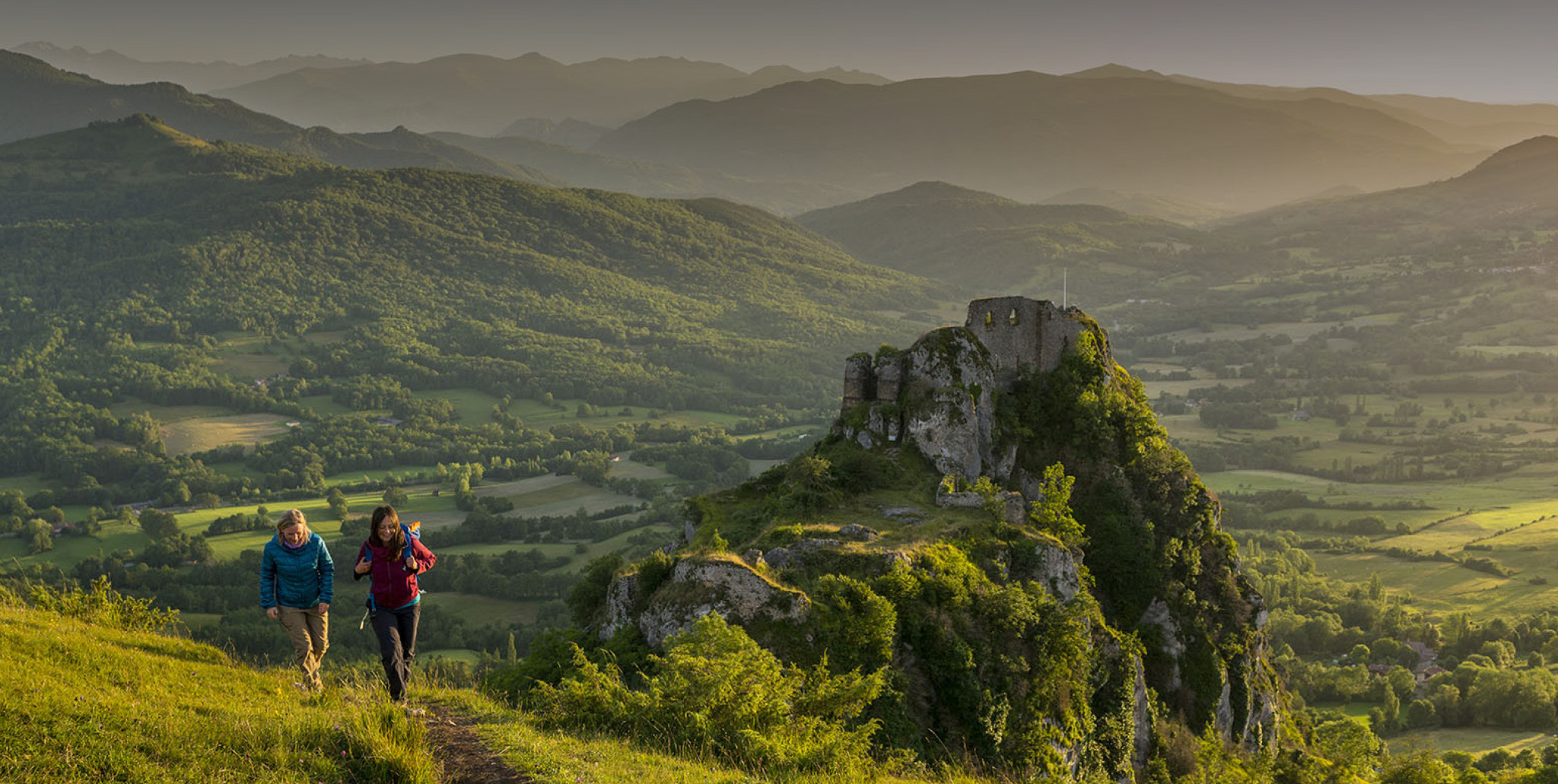
Following in the footsteps of the Cathars
THE CAMÍ DELS BONS HOMES TRAIL

The Camí dels Bons Homes trail allows us to discover beautiful, highly contrasting landscapes as we gain altitude. Here the great diversity of Pyrenean flora and numerous animal species find their habitats. The vegetation and animals, from the 13th century to the present day, haven’t changed much. The landscapes have become more open, and forests have gained ground over the summer pastures present at that time.
Below we detail the natural spaces and diverse landscapes that we will encounter along the journey.
It is located in the southernmost part of the Ensija-Rasos de Peguera mountain range, in contact with the Central Depression. The mountain range, oriented from east to west, is part of the Pre-Pyrenees, and culminates at the Campllong peak, at 1589 meters. The southern slope has numerous cliffs, in which we can find interesting rock flora and fauna.
The predominant vegetation is made up of forests of Scots pine, which extend in different ways depending on where they face. Also noteworthy are the forests of Pyrenean oak and the extensive patches of holm oak on the shaded side of the mountain range.
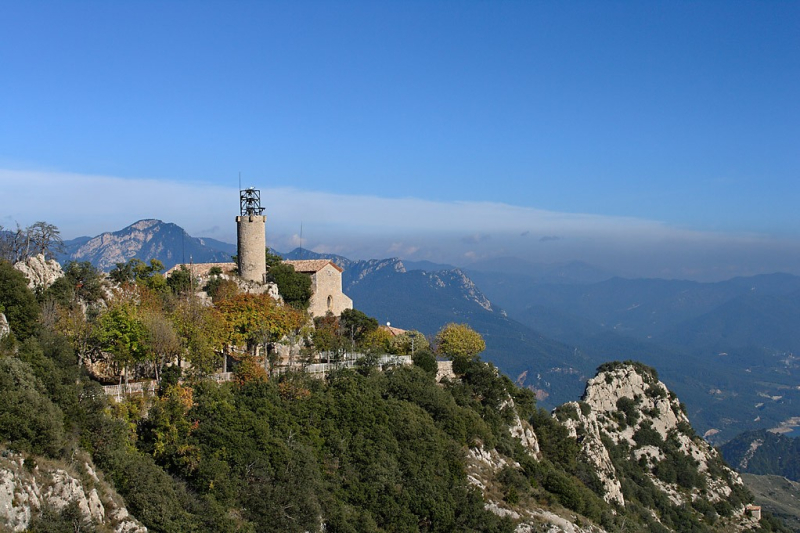
Located south of the Cadí-Moixeró axis, this complex encompasses the Ensija and Rasos de Peguera mountain ranges, oriented from east to west and separated by the Peguera valley. In these mountains is the southern limit of the alpine and subalpine plant communities, which almost reach the lower Berguedà. We can still observe black pine forests with blackthorn, where species of the subalpine forest fauna. The lowest part is made up of sub-Mediterranean forests with the presence of Pyrenean oak with boxwood and secondary Scots pine forests. It is worth noting the existence of some beech forests in the shade, with an associated flora typical of Central European forests.
As for the vertebrate fauna, it is worth highlighting the presence of the chamois, which originates from Cadí. The roe deer can also be seen, which has been introduced to the far west. In addition, other species of great beauty are present, such as marten, goshawk, black woodpecker, blue tit, pine nuthatch and white-breasted blackbird.
Regarding invertebrates, it is worth mentioning the Rosalia alpina, protected at the European level, as well as certain spiders and heteropterans.
And finally, we cannot forget the existence of some important geological and paleontological elements, such as Tyrannosaurus footprints on the Fumanya pass, which are unique in Europe.
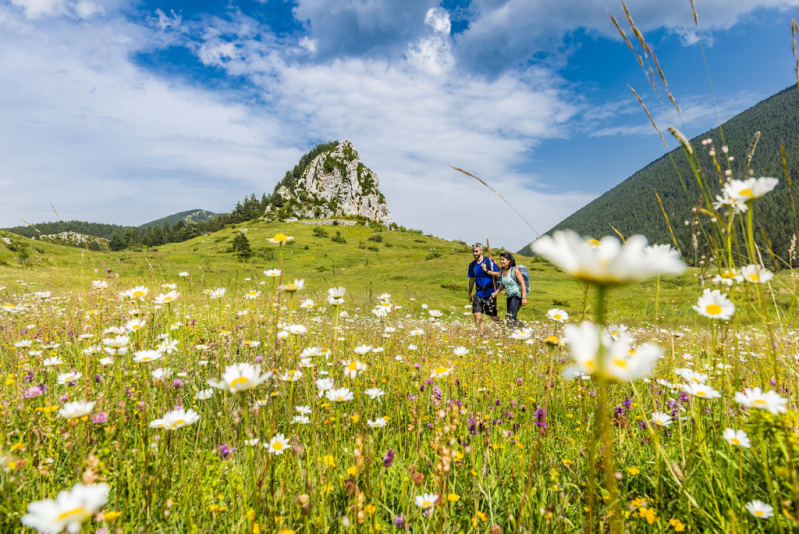
It is the largest protected natural area in Catalonia, with an area of 41,342 hectares, covering 17 municipalities and 3 counties: Berguedà, Cerdanya and Alt Urgell. Within the Pyrenean region, it is part of the outer Pre-Pyrenean mountain ranges to the south of the axis of the Pyrenees. Some of the most beautiful landscapes are the north face of Cadí, with steep cliffs of more than 500 metres and almost vertical walls to the north and an impressive southern slope that dominates the valley above the town of Josa de Cadí, which it seems to protect and watch over.
In Moixeró, connected to Cadí by the Pendís pass, the cliffs on the southern slope stand out, where there are numerous channels of forest and rock and the extensive woodlands of the valleys of the Cerdà slope, such as in the Ingla valley. The spectacular silhouette of Pedraforca dominates the Gresolet valleys and watches over the towns of Gisclareny, Saldes, Vallcebre and Gósol. La Tosa and Puigllançada, with their pastures, enclose the park to the east. Their heights range from 900 metres at the bottom of the valleys to 2,648 metres at Puig Voltoró or the summit of the Canal Baridana.
Likewise, there is great geological diversity, both in terms of the type of rocks and minerals and their origin and time. The sedimentary-origin limestone rocks are predominant within the park, and fossils are abundant in many areas.
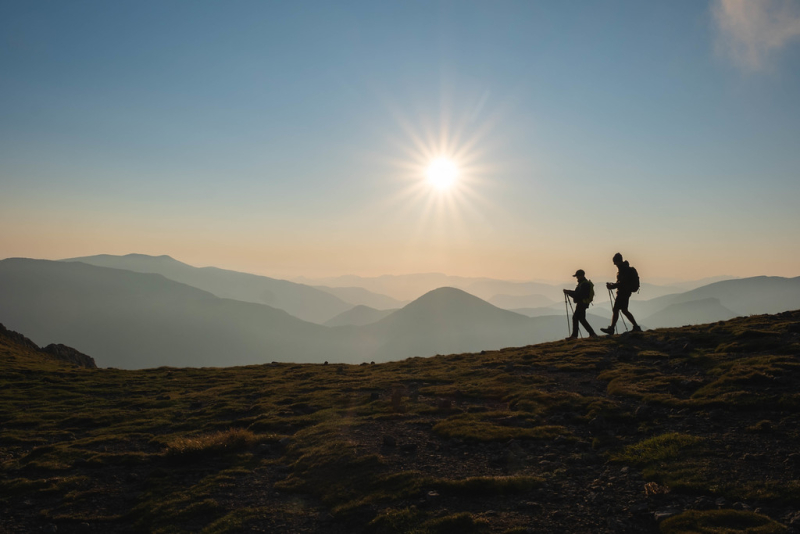
The natural park boasts great biodiversity, with 30 habitats of interest to the European Community and more than 30 species of flora and fauna considered a priority for Europe. They range from Mediterranean ecosystems with specific flora and fauna to others of the of the Alpine region, and even species characteristic of the Euro-Siberian taiga of northern Europe.
As for the vegetation, it is worth mentioning the extensive forests of Scots pine and black pine, the important fir forests on the northern slope and in Gresolet, the broad beech forests on the southern slope—particularly beautiful in autumn—the oak and holm oak woods in the more Mediterranean areas, and the small groves of holly, rowan, maple, sycamore, alder and birch. Some small gems stand out for their beauty or rarity, such as the bear's ear, the ibex parsley, the gentians, the Delphinium and the various species of orchids.
The fauna is also very diverse, with notable populations of chamois, deer, and roe deer, which have been reintroduced in recent times. In the sky, the golden eagle, the bearded vulture, the vultures, the yellow-billed choughs and the short-toed eagle are all present. In the forest, the capercaillie, the black woodpecker—symbol of the park—the boreal owl, the crossbill, the hawfinch and the great tits offer a special symphony of songs.
There are also numerous facilities in the park: recreational areas, viewpoints, nature routes, trails, mountain refuges, information centres, signposted routes, guide services and other facilities that make the stay easier for visitors.
The Segre River as it passes through the Cerdanya plain still presents beautiful river areas, with some well-preserved stretches of riverside forest. The riparian forests consist mainly of poplars, birches and willows that protect against the erosive action of water during floods. Among the fauna, in addition to the otter, the river trout—highly sought after by fishermen—and the mountain barbel stand out. As for amphibians, the common newt, the green frog and the red frog. A Pyrenean newt may appear sporadically. Waterfowl, such as several species of ducks, kingfishers, night herons, moorhens, terns and siskins have a preferred breeding habitat here.
The Pyrenean sector encompassing the massifs of Tosa Plana de Lles, Puigpedrós and the Llosa valley borders Andorra and France. The Portella Blance is the pass where the three states meet, and where the Camí dels Bons Homes trail crosses the administrative border between the two Cerdanyas. Located on the axial Pyrenees, it is characterised by large expanses of pasture and numerous lakes, such as Malniu, Engorgs, Pera and Muga, among others. The heights exceed 2,900 metres. Among the vegetation, the butterwort stands out—a small carnivorous plant found in wet areas with violet flowers—as well as the black pine forests. The fauna is characteristic of high mountain areas, with the presence of the chamois, stoat, marten and marmot, the latter having spread throughout most of these valleys in recent years following reintroduction efforts from France. Vultures, golden eagles and bearded vultures are the lords of these skies.. In the meadow areas, the white partridge is the main representative of alpine fauna, and it is so adapted to its environment that during the winter, it becomes completely white and lives in the most snow-covered areas, battered by strong winds and storms. In the forest, the presence of the capercaillie, the black woodpecker and boreal owl confirms the existence of mature forests that are still well preserved.
The reserve includes the Llosa River as a protected area for the habitat, providing favorable conditions for the presence of the otter. It is a river trout area with small riparian forests along its banks, flanked by impressive slopes where chamois graze.
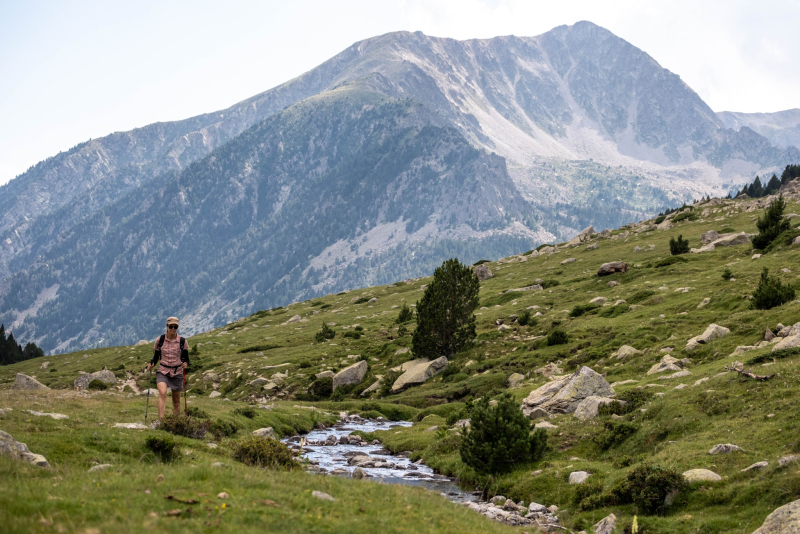
Located in the north of the Pyrenees, it comprises a small valley of 4,150 hectares, with altitudes ranging between 900 and 2,750 meters. The rocks are mainly granitic and schistose and have suffered the erosive action of glaciers over time.
In the high mountain ecosystems, other wildlife species can be found, such as the golden eagle, the rock ptarmigan, the capercaillie, the great spotted woodpecker, the tawny owl, the ring ouzel, the treecreeper and a significant population of chamois.
The vegetation is also very diverse, and we can find the red saxifrage and the white androsace.
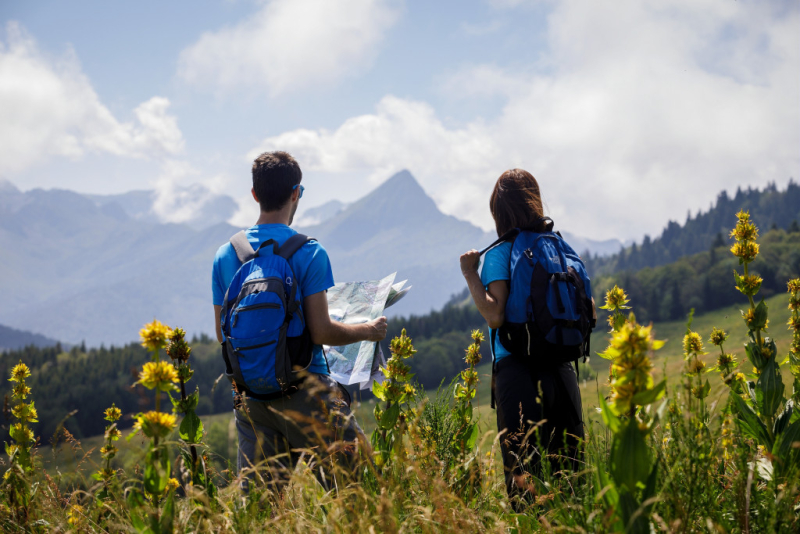
They are made up of a vast rocky and karstic set, with an impressive elevation difference. Numerous remarkable species inhabit it, subject to national protection measures. Among the vegetation, you can find the majestic flowers of the yellow marigold and rock-dwelling plants.
It is a very special place for bird lovers, where they can observe the golden eagle, the eagle owl and the boreal owl.
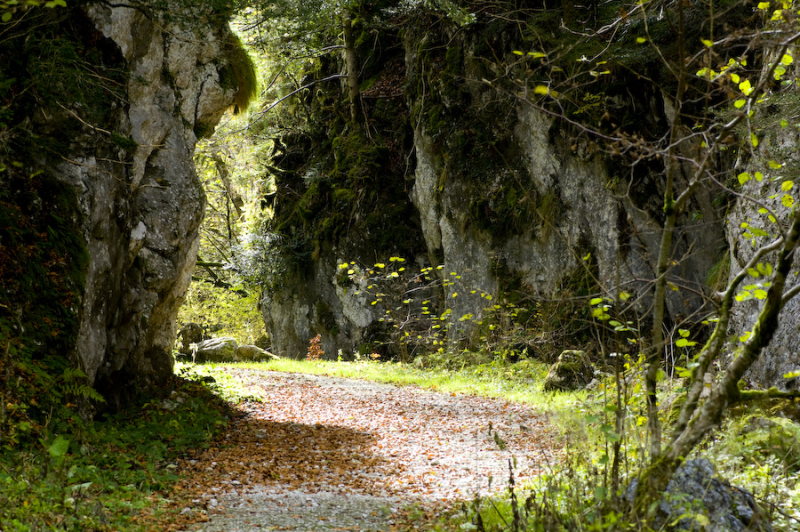

Following in the footsteps of the Cathars
THE CAMÍ DELS BONS HOMES TRAIL
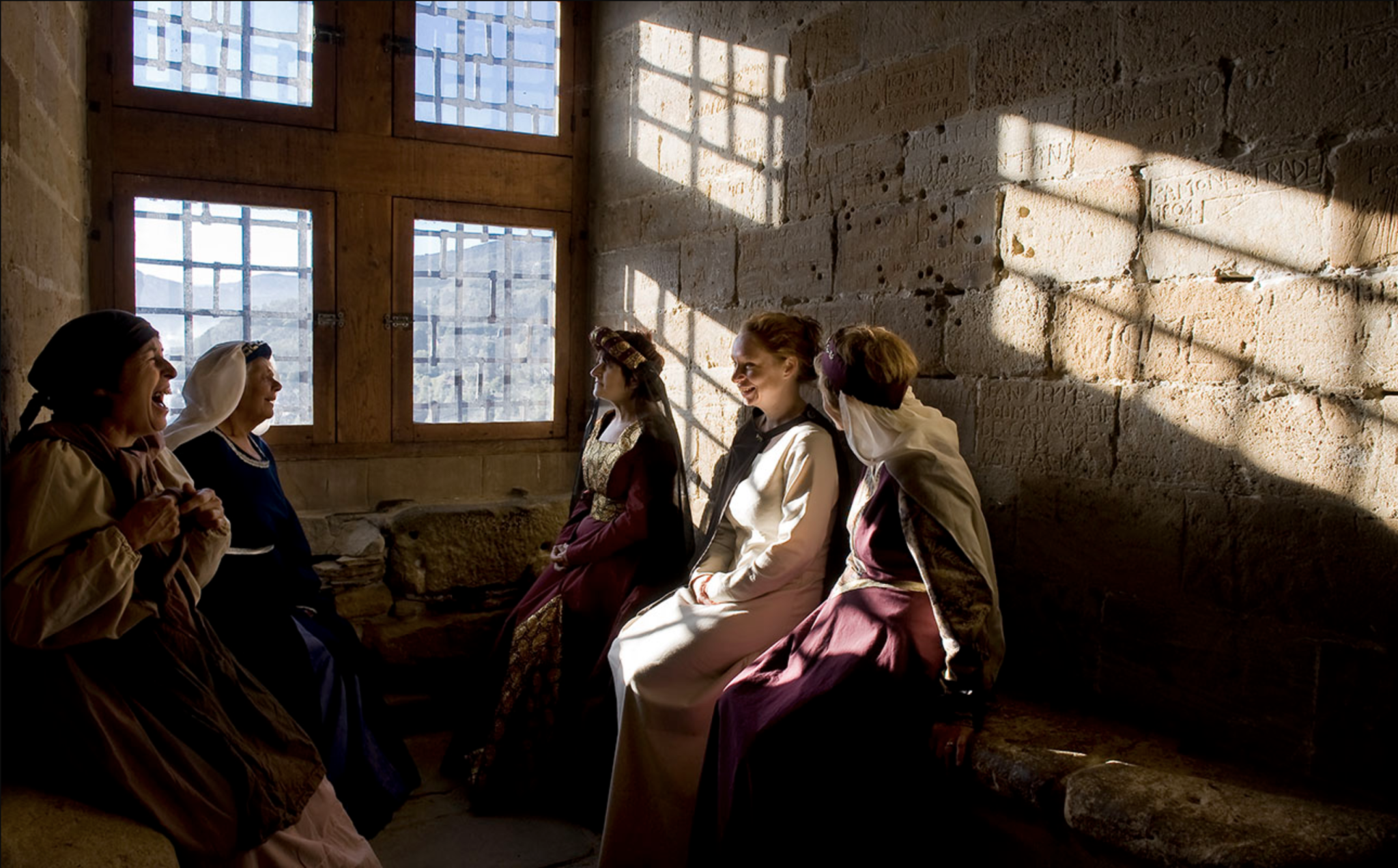
Catalonia
it was a reception area
of the persecuted Cathars
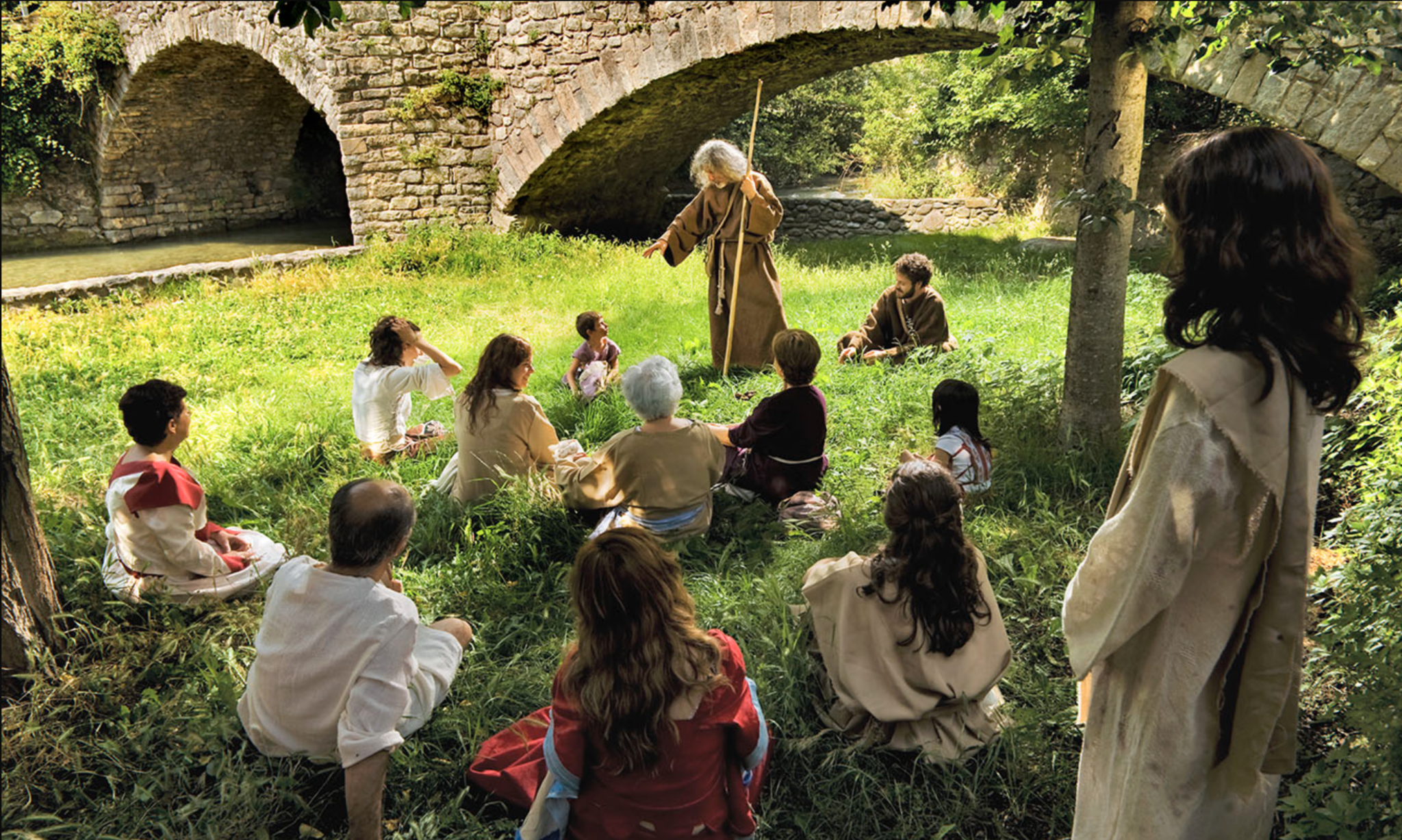
The Trail
it was their space for evangelisation
they rejected material goods